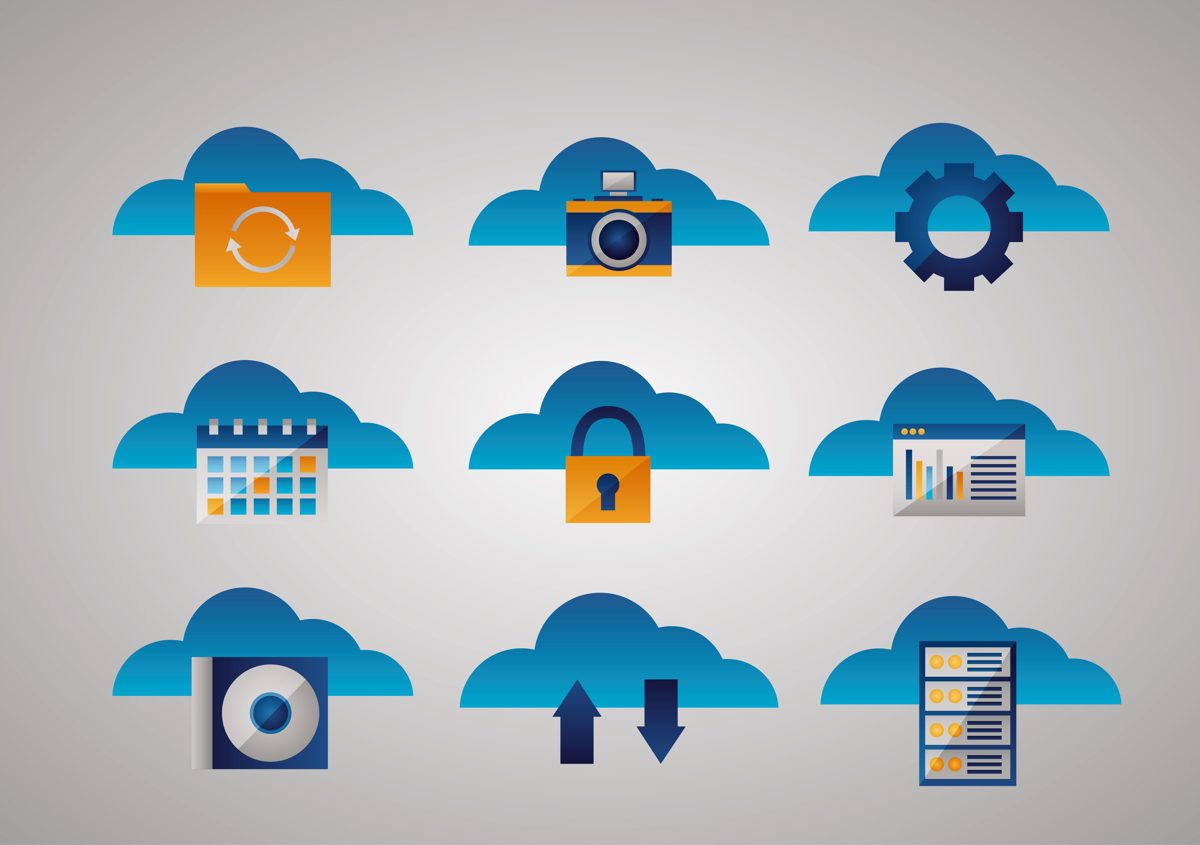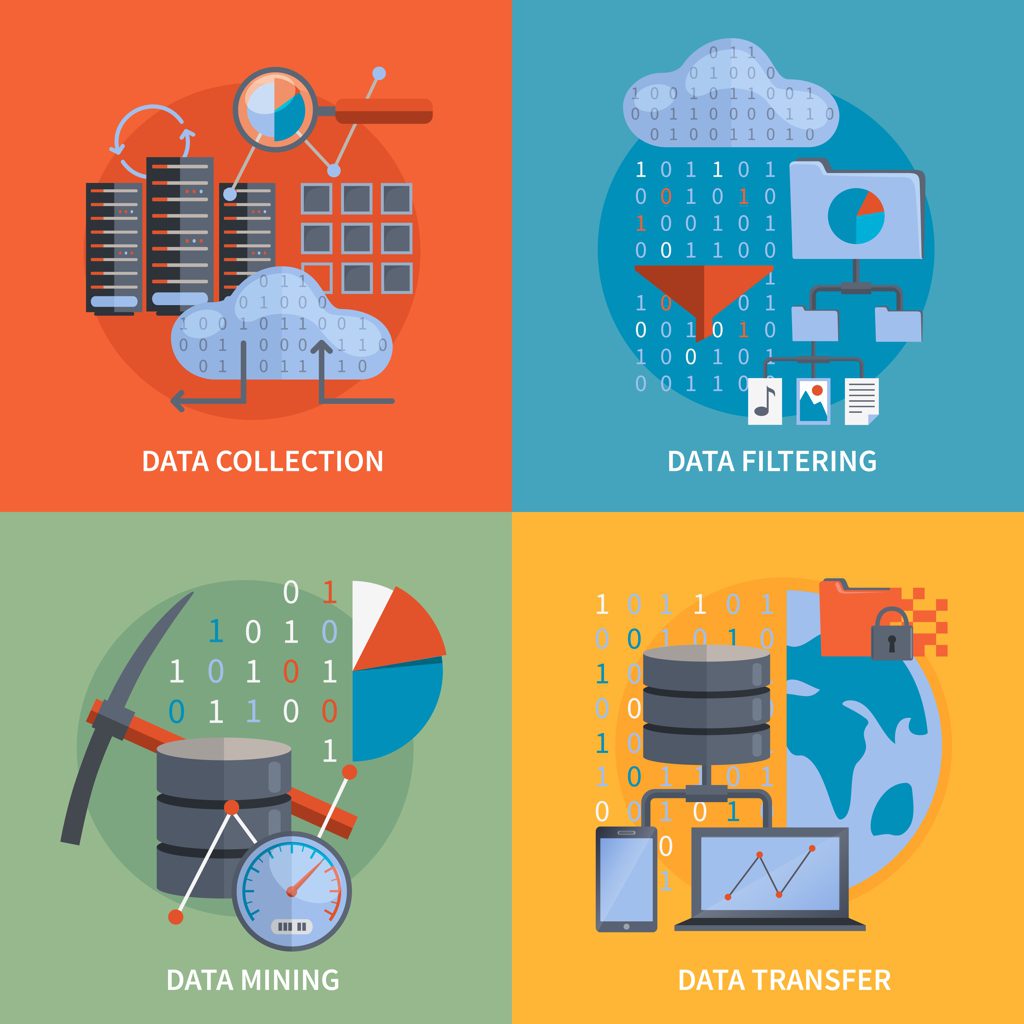As businesses and individuals increasingly rely on cloud computing for storage, processing, and managing data, cloud computing security has become a critical concern. With the rise of cyber threats and data breaches, ensuring the security of cloud environments is paramount. This comprehensive guide delves into the intricacies of cloud computing security, exploring its challenges, best practices, and the latest technologies used to safeguard data. By understanding cloud computing security, you can better protect your data and infrastructure in the ever-evolving digital landscape.
Understanding Cloud Computing Security
What is Cloud Computing Security?
Cloud computing security encompasses a set of policies, technologies, and controls designed to protect data, applications, and infrastructure associated with cloud computing. It involves securing cloud environments against cyber threats, ensuring data privacy, and maintaining compliance with regulatory standards. Cloud security aims to safeguard cloud resources from unauthorized access, data breaches, and other malicious activities.
Importance of Cloud Computing Security
The importance of cloud computing security cannot be overstated:
- Data Protection: Ensures the confidentiality, integrity, and availability of data stored in the cloud.
- Compliance: Helps organizations comply with legal and regulatory requirements, such as GDPR, HIPAA, and SOC 2.
- Business Continuity: Protects against data loss and downtime, ensuring uninterrupted business operations.
- Customer Trust: Enhances customer confidence by demonstrating a commitment to data security and privacy.
Key Components of Cloud Computing Security
Cloud computing security involves multiple layers and components, each playing a crucial role in protecting cloud environments.
1. Identity and Access Management (IAM)
Overview:
IAM involves managing user identities and controlling access to cloud resources. It ensures that only authorized users can access sensitive data and applications.
Key Features:
- User Authentication: Verifies the identity of users accessing the cloud.
- Role-Based Access Control (RBAC): Assigns permissions based on user roles, ensuring users have the minimum access necessary.
- Multi-Factor Authentication (MFA): Adds an extra layer of security by requiring multiple forms of verification.
Examples:
- AWS IAM: Provides fine-grained access control and identity management for AWS resources.
- Azure Active Directory: Offers identity and access management for Microsoft Azure and other Microsoft services.
- Google Cloud IAM: Enables the management of user permissions and access to Google Cloud resources.
2. Data Encryption
Overview:
Data encryption involves converting data into a secure format that can only be read by authorized parties. Encryption is essential for protecting data at rest (stored data) and data in transit (data being transmitted).
Key Features:
- Encryption Algorithms: Uses algorithms such as AES-256 to encrypt data.
- Key Management: Manages encryption keys, ensuring they are securely stored and accessed.
- SSL/TLS: Secures data in transit by encrypting communication between clients and servers.
Examples:
- AWS Key Management Service (KMS): Manages encryption keys for AWS services and applications.
- Azure Key Vault: Safeguards cryptographic keys and secrets used by cloud applications.
- Google Cloud Key Management: Manages encryption keys for Google Cloud services.
3. Network Security
Overview:
Network security involves protecting cloud networks from unauthorized access, attacks, and data breaches. It includes securing network traffic and implementing firewalls and intrusion detection systems.
Key Features:
- Firewalls: Monitors and controls incoming and outgoing network traffic based on security rules.
- Intrusion Detection Systems (IDS): Detects and responds to potential security threats and breaches.
- Virtual Private Networks (VPNs): Creates secure, encrypted connections over the internet.
Examples:
- AWS Virtual Private Cloud (VPC): Provides network isolation and security for AWS resources.
- Azure Virtual Network: Enables secure communication between Azure resources and on-premises networks.
- Google Cloud VPC: Offers scalable and flexible networking for Google Cloud resources.

4. Security Monitoring and Incident Response
Overview:
Continuous monitoring and incident response are essential for detecting and responding to security threats in real time. These practices help identify vulnerabilities and mitigate risks before they cause harm.
Key Features:
- Security Information and Event Management (SIEM): Collects and analyzes security data to detect and respond to threats.
- Automated Alerts: Notifies security teams of potential threats and breaches.
- Incident Response Plans: Defines procedures for responding to security incidents and minimizing impact.
Examples:
- AWS CloudTrail: Provides logging and monitoring of AWS account activity.
- Azure Security Center: Offers unified security management and advanced threat protection.
- Google Cloud Security Command Center: Monitors and protects Google Cloud assets from threats.
Challenges in Cloud Computing Security
While cloud computing offers numerous benefits, it also presents several security challenges that organizations must address.
1. Data Breaches
Overview:
Data breaches occur when unauthorized individuals gain access to sensitive data. This can result in financial loss, reputational damage, and legal repercussions.
Details:
- Unauthorized Access: Cybercriminals exploit vulnerabilities to access cloud data.
- Misconfigurations: Improperly configured cloud resources can expose data to unauthorized users.
- Insider Threats: Employees or contractors with malicious intent can compromise data security.
Mitigation Strategies:
- Access Controls: Implement strong access controls and least privilege principles.
- Regular Audits: Conduct regular security audits to identify and address vulnerabilities.
- Employee Training: Educate employees on security best practices and the importance of data protection.
2. Compliance and Legal Issues
Overview:
Organizations must comply with various legal and regulatory requirements when using cloud services. Failure to do so can result in fines and legal consequences.
Details:
- Regulations: Compliance with regulations such as GDPR, HIPAA, and CCPA.
- Data Residency: Ensuring data is stored and processed in compliant geographic locations.
- Contractual Obligations: Adhering to contractual obligations with cloud service providers.
Mitigation Strategies:
- Compliance Programs: Implement comprehensive compliance programs to meet regulatory requirements.
- Data Residency Solutions: Use data residency solutions to ensure data is stored in compliant locations.
- Vendor Agreements: Negotiate clear security and compliance terms with cloud service providers.
3. Shared Responsibility Model
Overview:
Cloud security operates under a shared responsibility model, where both the cloud provider and the customer share security responsibilities.
Details:
- Provider Responsibilities: Security of the cloud infrastructure, including hardware, software, and networking.
- Customer Responsibilities: Security of data, applications, and user access within the cloud environment.
- Misunderstandings: Misunderstandings about the shared responsibility model can lead to security gaps.
Mitigation Strategies:
- Clear Understanding: Ensure a clear understanding of the shared responsibility model.
- Defined Roles: Define and communicate security roles and responsibilities.
- Collaboration: Collaborate with cloud providers to ensure comprehensive security coverage.
Best Practices for Cloud Computing Security
Implementing best practices is essential for ensuring the security of cloud environments. Here are some key best practices to consider:
1. Implement Strong Access Controls
Overview:
Strong access controls prevent unauthorized access to cloud resources and data.
Strategies:
- Multi-Factor Authentication (MFA): Require MFA for all user accounts.
- Role-Based Access Control (RBAC): Assign permissions based on user roles and responsibilities.
- Regular Access Reviews: Conduct regular reviews of user access permissions to ensure they are up to date.
2. Encrypt Data
Overview:
Data encryption protects sensitive information from unauthorized access.
Strategies:
- Encrypt Data at Rest: Use encryption to protect data stored in the cloud.
- Encrypt Data in Transit: Use SSL/TLS to encrypt data transmitted over the internet.
- Manage Encryption Keys: Implement robust key management practices to secure encryption keys.
3. Regularly Update and Patch Systems
Overview:
Keeping cloud systems and applications up to date is crucial for protecting against vulnerabilities.
Strategies:
- Automated Updates: Enable automated updates for cloud resources and applications.
- Patch Management: Implement a patch management process to regularly update software and systems.
- Vulnerability Scanning: Use vulnerability scanning tools to identify and address security weaknesses.
4. Conduct Regular Security Audits
Overview:
Regular security audits help identify and address potential security risks.
Strategies:
- Internal Audits: Conduct internal security audits to assess the effectiveness of security controls.
- Third-Party Audits: Engage third-party auditors to provide an unbiased assessment of security practices.
- Continuous Monitoring: Implement continuous monitoring to detect and respond to security threats in real time.

5. Educate Employees
Overview:
Employee awareness and training are essential for maintaining a strong security posture.
Strategies:
- Security Training: Provide regular security training for employees to educate them on best practices and potential threats.
- Phishing Simulations: Conduct phishing simulations to test employee readiness and improve response to phishing attacks.
- Security Policies: Develop and communicate clear security policies and procedures.
Future Trends in Cloud Computing Security
The field of cloud computing security is continually evolving, with new trends and technologies emerging to address security challenges.
1. Zero Trust Security
Overview:
Zero Trust Security is a security model that assumes no implicit trust and requires continuous verification of every user and device accessing cloud resources.
Details:
- Identity Verification: Continuously verify user identities using multi-factor authentication and adaptive access policies.
- Least Privilege: Enforce the principle of least privilege by granting users the minimum access necessary to perform their tasks.
- Micro-Segmentation: Segment networks into smaller zones to limit the spread of potential threats.
Examples:
- Google BeyondCorp: A zero trust security model implemented by Google to secure its internal resources.
- Microsoft Azure Zero Trust: Azure provides tools and frameworks to implement a zero trust security model for cloud environments.
2. Artificial Intelligence and Machine Learning
Overview:
Artificial intelligence (AI) and machine learning (ML) are increasingly being used to enhance cloud security by identifying patterns and detecting anomalies.
Details:
- Anomaly Detection: AI and ML algorithms can detect unusual behavior that may indicate a security threat.
- Automated Response: AI-powered systems can automatically respond to detected threats, reducing response times and mitigating risks.
- Predictive Analytics: AI and ML can analyze historical data to predict and prevent potential security incidents.
Examples:
- AWS GuardDuty: A threat detection service that uses machine learning to identify potential security threats.
- Azure Security Center: Uses machine learning to detect and respond to security threats in real time.
3. Secure Access Service Edge (SASE)
Overview:
SASE is a security framework that combines wide-area networking (WAN) and network security services into a single, cloud-delivered service model.
Details:
- Integrated Security: Combines security functions such as secure web gateways, firewalls, and zero trust network access.
- Cloud-Native Architecture: Designed to support cloud-based and remote work environments.
- Centralized Management: Provides centralized visibility and control over network security policies.
Examples:
- Cisco Umbrella: A SASE solution that provides secure access to cloud applications and data.
- Palo Alto Networks Prisma Access: A SASE platform that delivers comprehensive network security from the cloud.
Conclusion
Cloud computing security is a multifaceted and dynamic field that is crucial for protecting data and ensuring the integrity of cloud environments. By understanding the key components of cloud security, addressing common challenges, and implementing best practices, organizations can effectively safeguard their cloud resources. As technology continues to evolve, staying informed about the latest trends and innovations in cloud computing security will be essential for maintaining a robust security posture.
Useful Links
By implementing strong cloud computing security measures and staying informed about the latest trends and best practices, you can effectively protect your data and infrastructure in the digital cloud. Stay tuned for more in-depth articles and updates on cloud security and other related topics.



